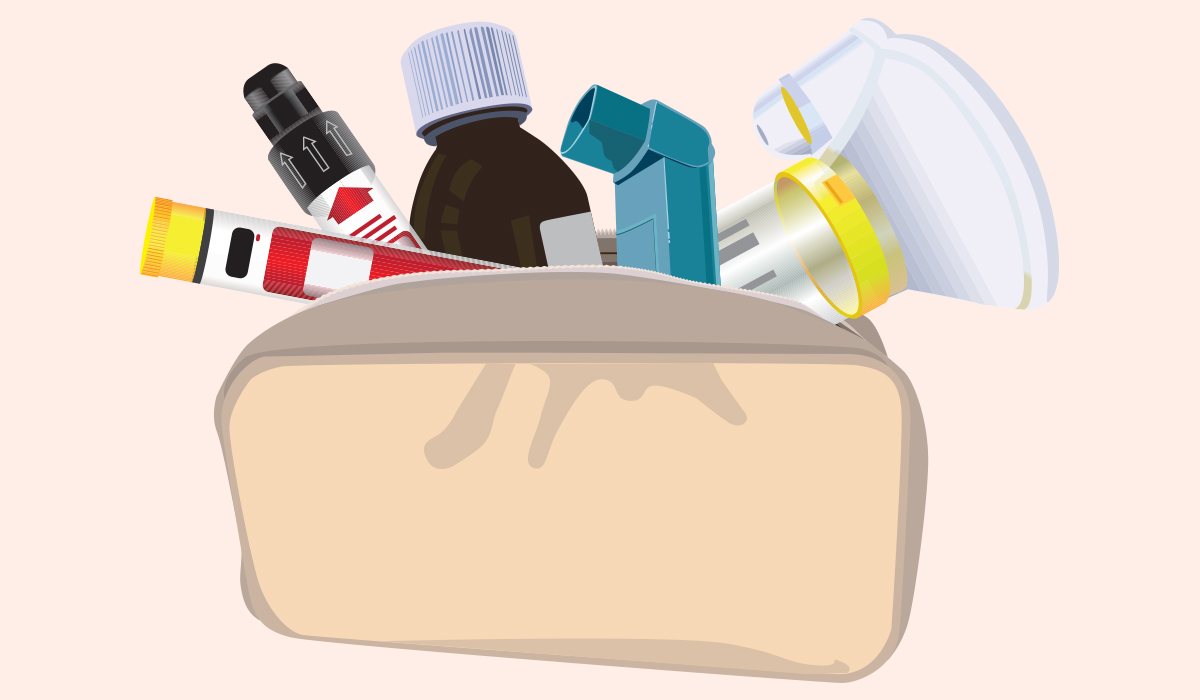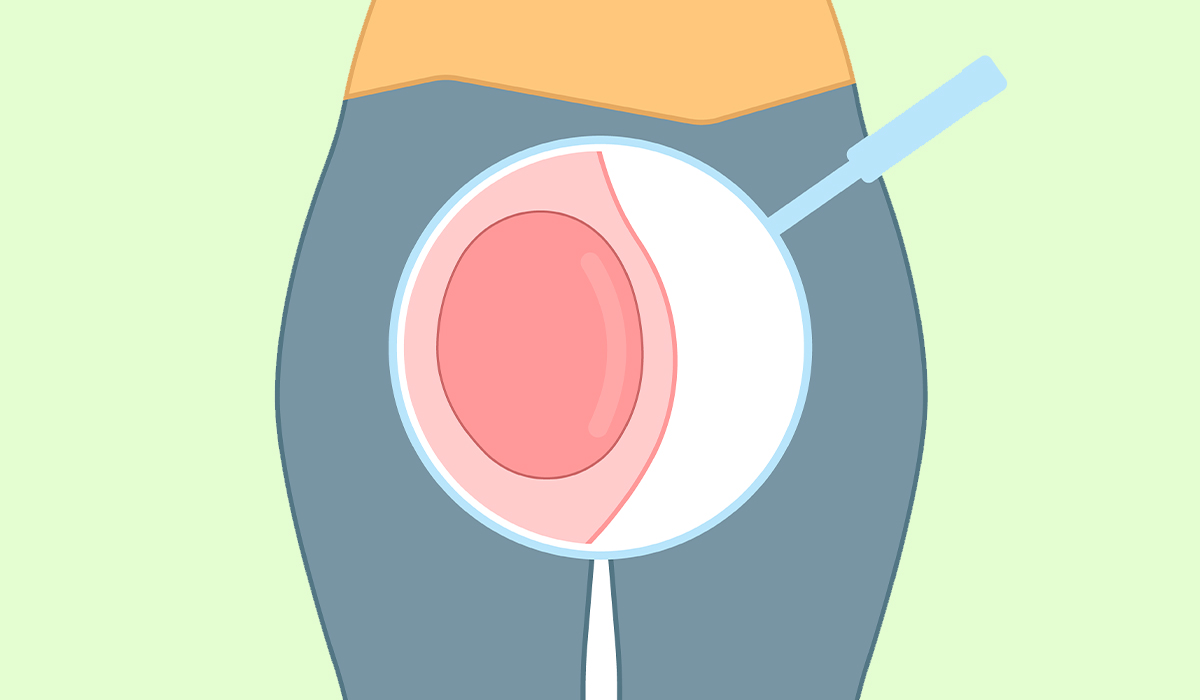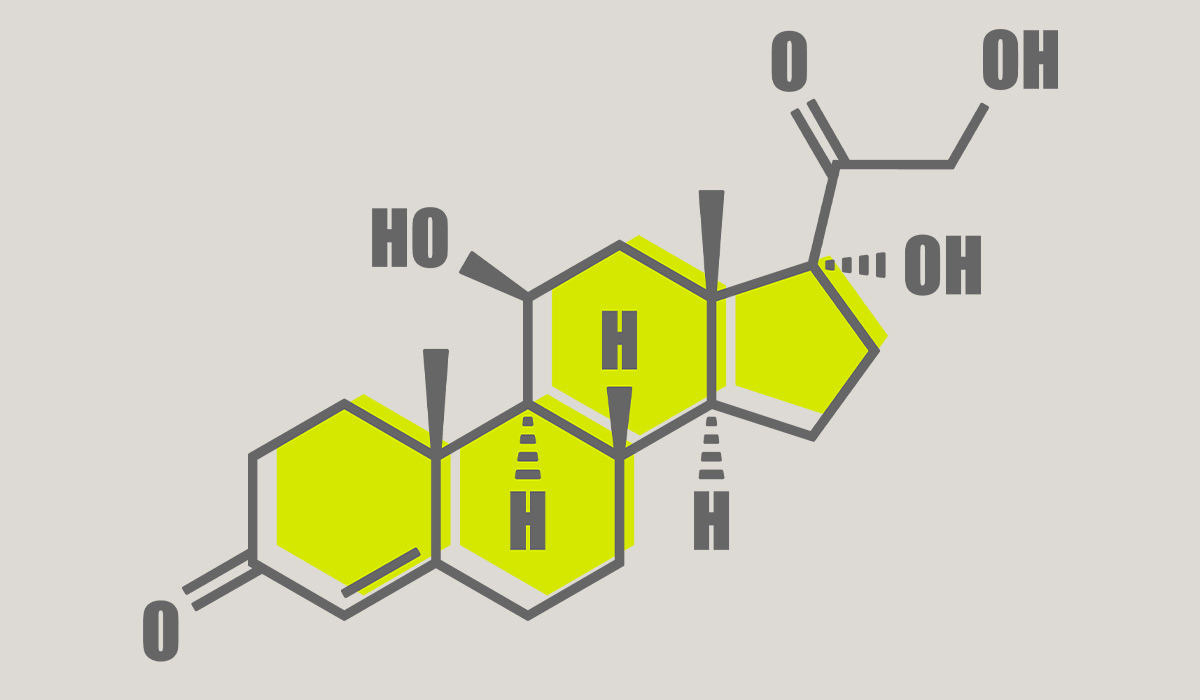The emphasis on prevention, which helps reduce the occurrence or progression of cardiovascular diseases, is equally important in a cardiologist’s work.
What Is Cardiology?
Cardiology is a field of medicine closely related to diseases of the heart and blood vessels and primary and acquired defects of these organs. Unfortunately, the number of cardiology patients has increased over the years, so the demand for good specialists in this field has not decreased.
Types
Cardiology includes subspecialties such as:
- Non-invasive cardiology (diagnosis and treatment of heart and blood vessel diseases using non-invasive tools, e.g., pharmacology or ECG)
- Invasive cardiology (uses non-surgical methods of treating heart and blood vessel diseases, such as catheterization)
- Pediatric cardiology (a pediatric cardiologist takes care of young patients by diagnosing and treating heart diseases and diseases related to blood vessels)
- Hypertensiology (field of cardiology in which arterial hypertension is diagnosed and treated)
- Surgical cardiology, i.e., cardiac surgery (deals with surgical treatment of heart diseases and diseases affecting blood vessels, such as heart transplantation, pacemaker insertion, bypasses, etc.)
Pediatric Cardiologist
A cardiologist specializes in treating heart and circulatory system diseases in adults. If you notice similar symptoms in your child, it’s essential to see a pediatric cardiologist. Pediatric cardiologists can diagnose and treat cardiac diseases in children up to 18.
Heart problems can affect people of all ages, including children and adolescents. It’s important to note that children experience different circulatory system issues than adults, so pediatric cardiology is a distinct specialization.
Medical Problems
A pediatric cardiologist, like an adult cardiologist, deals with the following medical areas:
- Heart disease diagnosis
- Diagnosis of blood vessel diseases
- Implementation of individual treatment methods based on interview and test results
- Supervising the course of rehabilitation of a patient with circulatory system diseases
- Performing invasive and non-invasive cardiology tests
- Issuing referrals to other specialists to increase the effectiveness and quality of cardiac treatment
At the same time, remember that any heart-related symptoms reported by your child should not be underestimated. Heart disorders in children may manifest themselves in a slightly different way than in adults.
Course Of The Visit
A pediatric cardiologist is a doctor who possesses the necessary medical expertise and the skills required to work with young patients. Thus, they are specialists that should not evoke fear. The visit should be conducted in a pleasant and comfortable setting so the child feels at ease with the doctor.
During a consultation with a pediatric cardiologist, the doctor first speaks with the parent before engaging with the child to see if the child can communicate their symptoms. The initial examination during the visit involves listening to the child’s heartbeat. If the cardiologist deems it necessary, they may recommend additional specialized tests and, if feasible, conduct them on-site. Following this, the cardiologist advises certain tests to be performed.
Preparation For The Visit
Parents need to talk to their child about the upcoming visit to the pediatric cardiologist, explaining things in a way the child can understand. Creating a friendly and comforting atmosphere is crucial to help the child feel safe and relaxed, which can impact the results of the cardiology tests.
Additionally, it is important to ensure that your child is dressed comfortably, as even something simple like a difficult-to-remove blouse can cause unnecessary stress. Before the visit, parents should prepare by gathering all the necessary medical documents and test results. This will help the pediatric cardiologist assess the child’s health more effectively.
Health Problems
The diseases most frequently treated by a cardiologist include:
- Hypertension
- Coronary artery disease
- Chronic, e.g., angina
- Acute coronary syndromes, e.g. heart attack
- Heart rhythm disorders, e.g. atrial fibrillation
- Atherosclerosis
- Chronic or acute heart failure
- Myocarditis
- Ventricular arrhythmias
- Lipid disorders, e.g., hypercholesterolemia, i.e., increased cholesterol levels in the blood
Who Should See A Cardiologist?
Cardiologists see patients who have problems with the heart, blood vessels, and the functioning of the circulatory system in general.
People who experience the following symptoms should see a doctor of this specialization:
- A feeling of pressure or crushing in the chest
- Pain localized in the chest
- Irregular heartbeat
- Shortness of breath, also observed after physical exercise
- Repeated flushing of blood to the head
- Frequent fainting and fainting
- Swelling of limbs and face
If those symptoms have been present for a long time, visit a cardiologist.

Make It A Routine
It’s important to seek the guidance of cardiologists regularly and undergo preventive check-ups every few years. After turning 65, it’s crucial to have this vital organ evaluated annually. The primary causes of heart disease are attributed to lifestyle factors such as stress, poor eating habits, lack of exercise, and unhealthy diets. As these factors are prevalent in our lives, the number of individuals affected by heart diseases continues to rise. Therefore, adopting a healthy lifestyle and routinely consulting a cardiologist is essential for timely intervention if treatment is needed.
How To Prepare For A Visit To A Cardiologist?
When you visit a cardiologist for the first time, feeling a bit anxious is normal. The cardiologist will ask you questions to ensure an accurate diagnosis. However, this in-depth interview is an advantage. The more the cardiologist knows about your symptoms, family medical history, and lifestyle, the better they can help you. During your first discussion, the cardiologist may inquire about any troubling symptoms, including those seemingly unrelated to the heart.
They will also want to know about your past serious illnesses, chronic conditions, and the medications you take. Additionally, the cardiologist will ask about previous treatments and surgeries, family history of heart disease, your lifestyle, including diet, exercise, stress levels, and any recent significant life changes.
Honesty is significant during a visit to a cardiologist – the first and every subsequent one. You should not hide anything or feel embarrassed when talking to a doctor: every fact, even those that are unimportant from our point of view, may be important for the correct diagnosis and, consequently, for the proper selection of treatment methods.
What To Take With You?
For a visit to a cardiologist to give the specialist a picture of our health condition, it is worth having existing medical documentation with us – the more extensive it is, the better. If possible, it is best to take the following documents to your first visit to a cardiologist:
- Current and previous cardiological tests, e.g., ECG or exercise tests – by comparing their results, the cardiologist will gain a broader picture of our cardiovascular ailments
- Results of any tests recently ordered by specialists under our care, e.g., abdominal ultrasound, chest X-ray, spirometry
- Detailed documentation of the course and treatment of chronic diseases we struggle with
- List of medications taken with their doses (including over-the-counter medicines)
- If the patient was hospitalized – discharged from the hospital
- Documents confirming stays in the sanatorium and the program of treatments performed there
Basic Tests
Immediately before visiting a cardiologist, it would be ideal to perform a set of basic tests, including:
- Blood count
- Urine analysis
- Sugar level
- Lipid profile
We can obtain a referral for such tests from a family doctor who recommended that we see a cardiologist.
The Visit
During the visit, the cardiologist collects an interview from the patient and asks him, among others, about chronic diseases, medications taken, disturbing symptoms, and situations in which these symptoms intensify (e.g., chest pain after exercise, deterioration of exercise tolerance, increased blood pressure at a certain time of the day).
The doctor listens to the patient using a stethoscope. The visit usually includes measuring blood pressure.
Tests
The cardiologist is likely to request additional cardiological tests to confirm or rule out a potential diagnosis based on the analysis of the patient’s medical history and the initial interview. These often include:
- Electrocardiography (ECG) records the heart’s electrical activity through electrodes placed on the chest to assess the heart’s rhythm, frequency, and potential damage to the heart muscle, particularly in individuals who have experienced or are currently experiencing a heart attack. It can also provide information about the size of the heart chambers.
- Exercise ECG test, usually conducted on a treadmill to monitor heart changes during physical activity
- 24-hour ECG using the Holter method, which involves a small device attached to the patient’s waist and electrodes on the chest to record heart activity throughout the day, complemented by a diary to note symptoms and activities
- 24-hour blood pressure monitoring equivalent to ECG using the Holter method
- Echocardiography is an outpatient ultrasound test to assess the heart’s structure and large blood vessels
- Chest X-ray to evaluate any abnormalities around the heart
- Perfusion scintigraphy is a precise imaging test using radioactive isotopes to assess blood supply to the heart muscle
- Additional tests, such as spiral tomography, MRI, or Tilt Test, may be ordered if necessary
The cardiologist may refer the patient for further tests, procedures, or consultations with other specialists, e.g., a pulmonologist or neurologist.
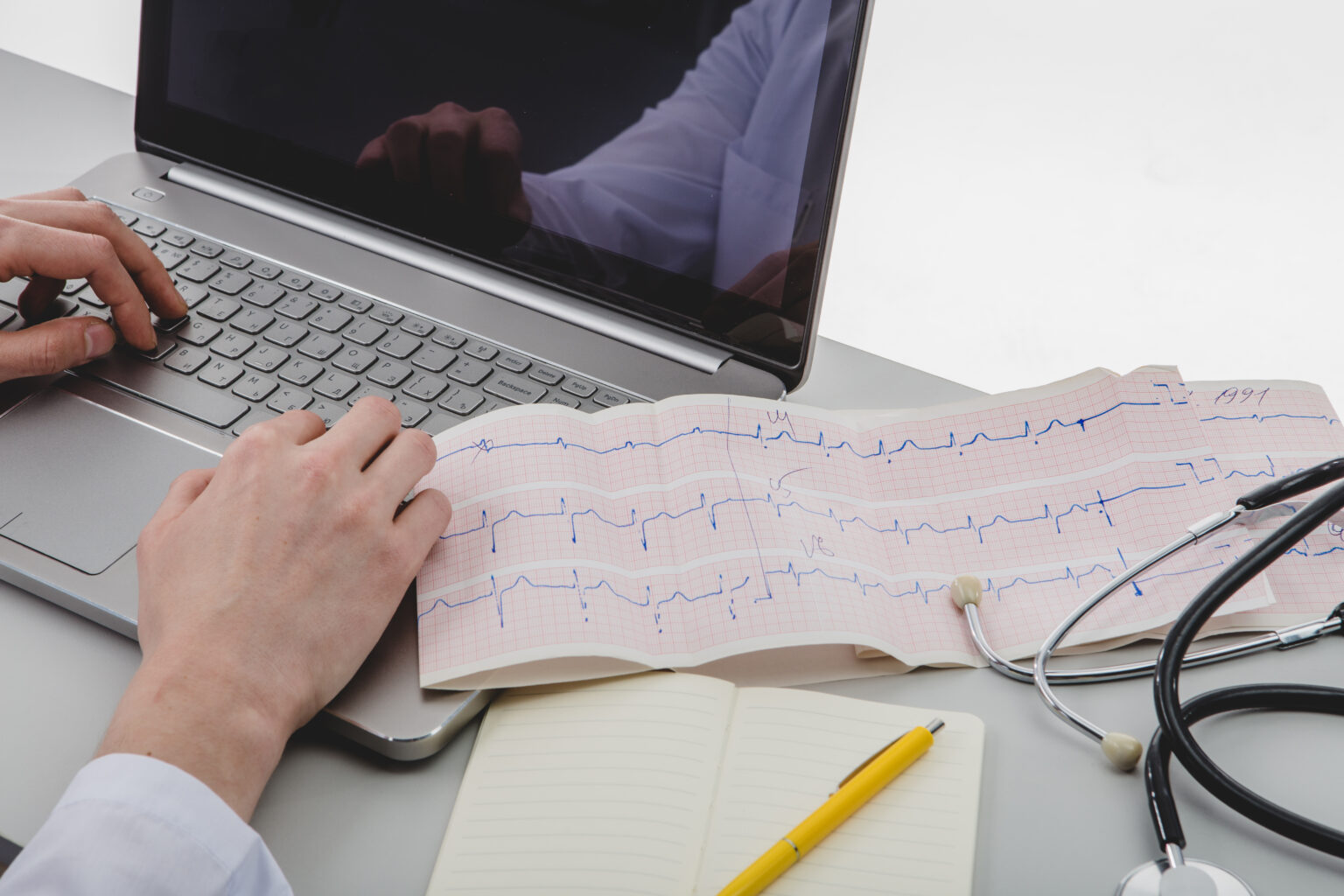
Treatment
The treatment of cardiac ailments can take many forms and depends on the specific diseases and their severity, as well as the individual predispositions of the patient. It is significant to strictly follow the cardiologist’s recommendations – especially introducing changes to your lifestyle – as well as systematically taking medications and attending follow-up visits (every 3-4 months, unless the doctor recommends otherwise).
Methods
Sometimes, it becomes necessary to undergo a procedure or cardiac surgery to restore the proper functioning of the cardiovascular system. The most commonly performed cardiological procedures include:
- Cardioversion: This procedure involves inserting electrodes into the patient’s body and delivering an electrical impulse to restore normal heart rhythm. It is used for patients with atrial fibrillation and ventricular and supraventricular tachycardia
- Coronary angioplasty, also known as ballooning: The specialists use this procedure to treat ischemic heart disease by widening narrowed arteries using special balloons
- RF ablation: This method treats cardiac arrhythmia by puncturing a femoral artery or vein and placing an electrode to restore proper heart rhythm
- Pacemaker implantation: It is a procedure performed under local anesthesia, during which a small device that stimulates the heart is implanted in a small pocket in the skin on the chest
- Rotablation: This is used for patients with atherosclerosis and involves cutting off atherosclerotic plaques
- Bypass implantation: This open heart surgery, performed under general anesthesia, enables blood flow from the aorta to the narrowed coronary arteries by creating a “bypass” using veins obtained from the patient’s calf
Sources
- Who is a cardiologist: Usurpers spawn?. NIH.
https://www.ncbi.nlm.nih.gov/pmc/articles/PMC4699988/ - Pediatric cardiology: the requisites in pediatrics. NIH.
https://www.ncbi.nlm.nih.gov/pmc/articles/PMC2083012/ - Cardiovascular Disease. NIH.
https://www.ncbi.nlm.nih.gov/books/NBK535419/ - The Association Between the Frequency of Annual Health Checks Participation and the Control of Cardiovascular Risk Factors. NIH.
https://www.ncbi.nlm.nih.gov/pmc/articles/PMC9127134/ - Heart Tests. NIH.
https://www.nhlbi.nih.gov/health/heart-tests - Heart Treatments. NIH.
https://www.nhlbi.nih.gov/health/heart-treatments-procedures
